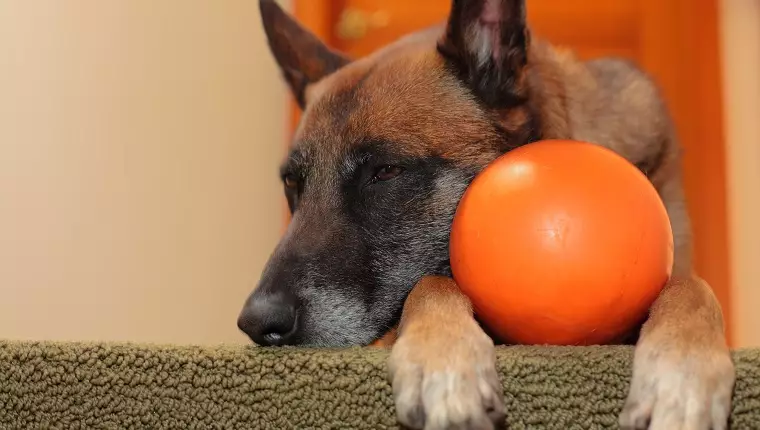As our furry friends age, their needs evolve, and understanding how to care for them becomes more crucial than ever. Senior dogs are often cherished members of our families, bringing companionship and joy that is irreplaceable. However, with advancing age, these dogs may not exhibit the same energy or agility they once did. It is vital to ensure that we provide them with a balanced mix of care, exercise, and mental stimulation to keep them healthy and comfortable.
While it may be tempting to let our aging pets rest more as they slow down, it is essential to recognize that regular, low-impact exercise continues to be a necessity. Maintaining mobility is critical, as it prevents the onset of conditions such as obesity, heart disease, and joint problems. Much like their human counterparts, dogs benefit from consistent physical activity to help manage their weight and promote better overall health. Routine exercise supports the production of synovial fluid that lubricates their joints, keeping them limber and pain-free.
Before implementing an exercise routine, always consult with a veterinarian who can provide guidance tailored to your dog’s specific health needs. Keep in mind that senior dogs may not have the same endurance as they did in their youth, so it is essential to adapt activities accordingly and monitor your pet’s comfort level.
When outside weather becomes a concern—whether due to extreme heat, cold, or rain—indoor exercises can be a wonderful substitute to keep your dog engaged while also promoting physical activity. Here are some gentle indoor exercises to consider:
1. Puzzle Feeders: Engaging your dog’s mind is just as important as their physical health. Puzzle feeders are a fantastic way to provide stimulation, encouraging your senior dog to think critically while enjoying a treat. By using puzzle toys, you can slow down their eating and promote a healthier digestion.
2. Low-Impact Fetch: While traditional fetch may be too rigorous for older dogs, a modified version can still be enjoyed indoors. Using soft toys and pitching them shorter distances on a carpet can help your senior reach a balance of movement without straining their joints.
3. Light Tug-of-War: This classic game allows for a fun bonding experience while also engaging your dog’s muscles. However, it is crucial to use soft materials that do not put pressure on their teeth and to avoid intense tugging to prevent injury. Allow your dog to win occasionally to build their confidence.
4. Gentle Stretching: Just like us, dogs benefit from stretches to maintain their flexibility and mobility. Simple stretches can help warm up their joints and improve circulation. Consultation with a veterinary professional on appropriate stretching techniques is ideal to avoid over-exerting your pet.
5. Find It Game: This scent-based exercise is simple yet effective. Hide treats around a room and encourage your dog to use their nose to locate the hidden treasures. This can easily be adapted to suit your dog’s ability, ensuring it is a pleasant and engaging activity.
6. Short Training Sessions: Contrary to the old adage, senior dogs can indeed learn new tricks. Short, manageable training sessions can stimulate both their mind and body. Focus on simple commands that require minimal physical effort, rewarding your dog with praise and treats for their participation.
It is crucial to remain observant and flexible in your approach. Always offer breaks if your dog starts to show signs of fatigue or discomfort. Hydration is essential, especially after playtime, so always provide fresh water. Additionally, assess the impact of your exercise routine regularly, and if your dog develops any health issues, do not hesitate to consult with your vet for modifications.
The golden years of our pets may bring challenges, but they also offer the opportunity for deeper connections through shared activities and quality time. By prioritizing gentle exercises and ensuring the mental stimulation of our senior dogs, we can contribute profoundly to their quality of life. Celebrate their presence and cherish each moment, for our aging companions deserve every bit of love and care during these important stages of their lives. Consider the options outlined, and engage in play that enriches both your and your dog’s experience. What creative activities have you found work best for your senior dog?

